Architectural Eras
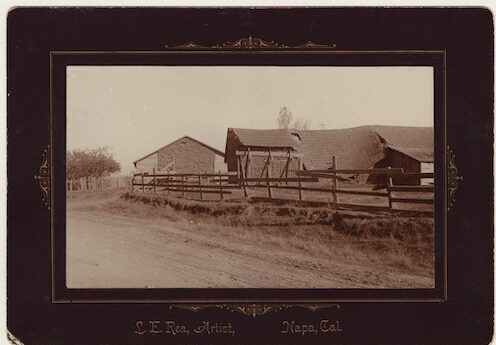
Rancho Period, 1821-1890
Napa County’s Rancho Period was characterized by adobe buildings, with surviving examples of homes from the mid-19th century. Spanish Colonial architecture is the signature style of the architects Wolfe and Higgins who designed the 1932 St. Helena Elementary School.
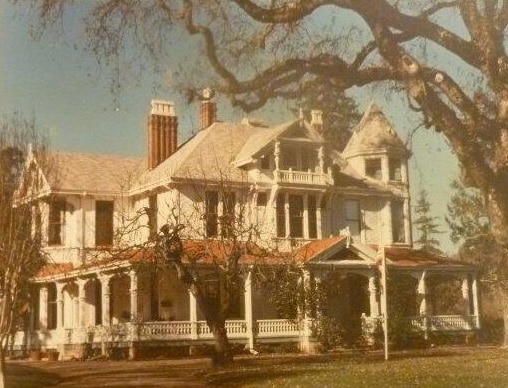
Late Victorian, 1880-1900
The Victorian Era, named for Queen Victoria who reigned in Great Britain and Ireland throughout the 19th century, architecturally includes asymmetrical designs, ornate trims, and multiple materials.
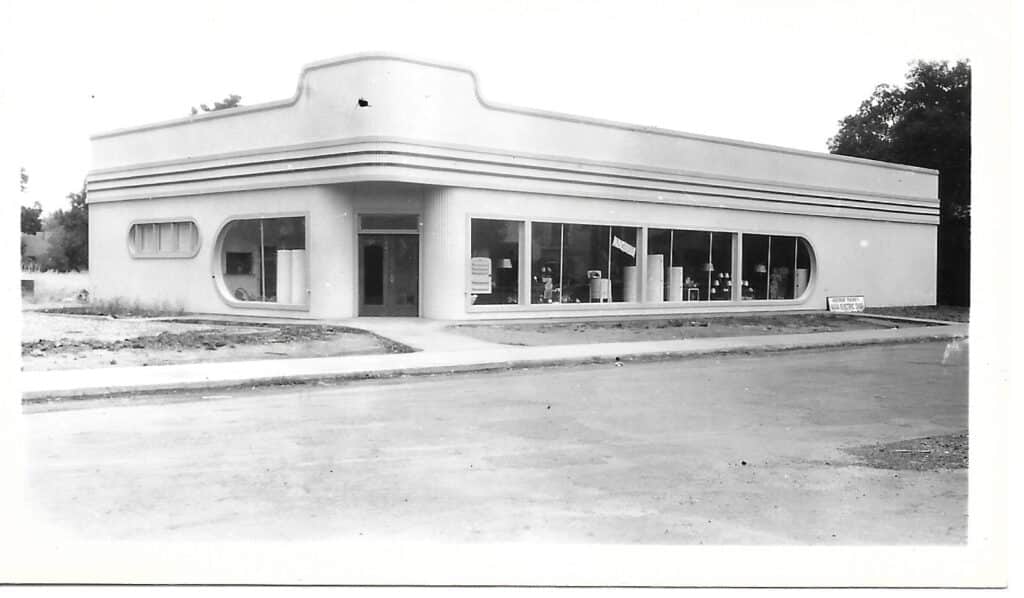
Art Deco, 1900-1920
Art Deco design engenders sleek geometric shapes and embraces an affinity for technology. This early 20th century, stylish movement extended beyond architecture to fashion, housewares, and art.
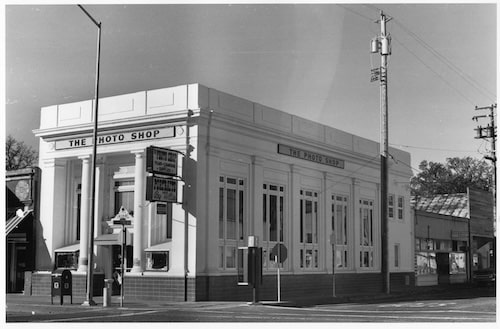
Revivals, 1920-1940
Period Revival architecture features inspiration from historic styles, mixing modern with classical elements. Popular examples in Napa County include Romanesque and Italian Renaissance.
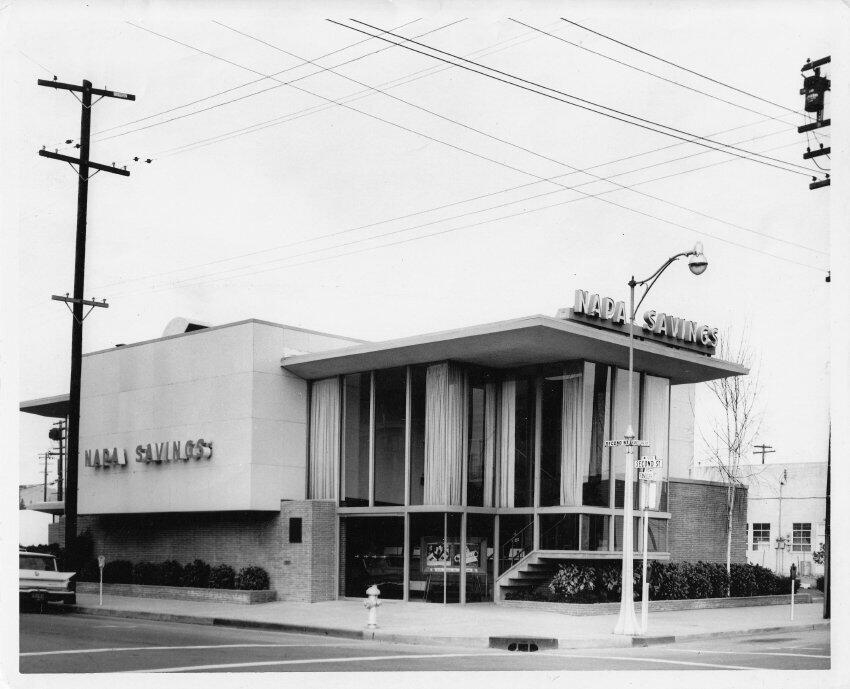
Modernism, 1940-1975
Modern era homes of the 1950s and 60s introduced open floor plans and sliding glass doors that expanded the notion of indoor-outdoor living.
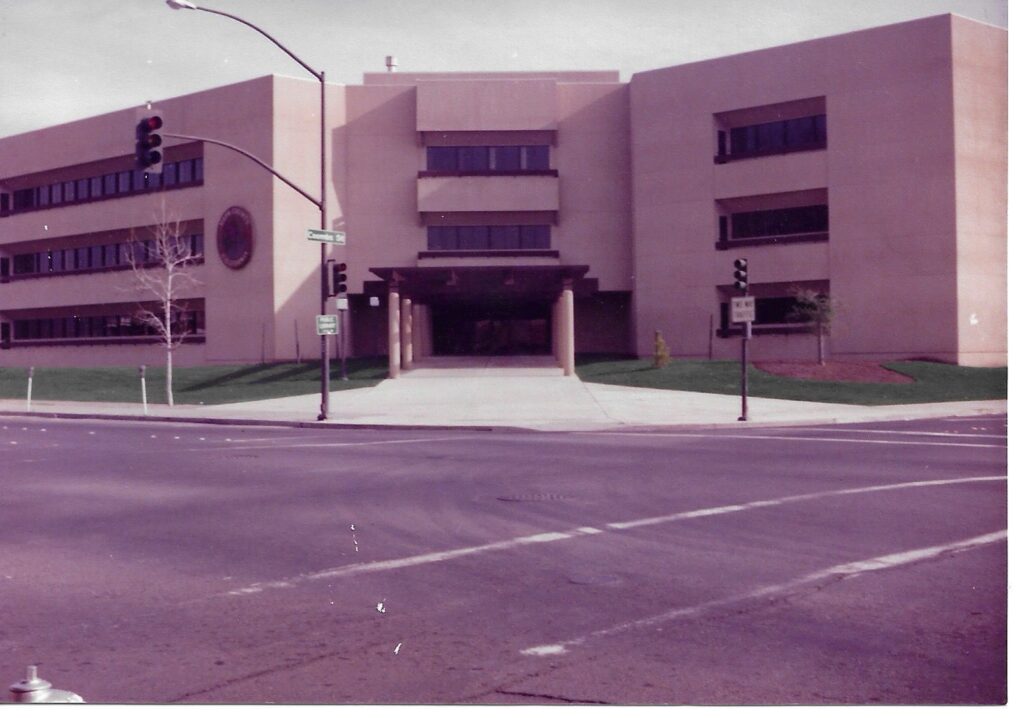
Brutalism, 1975-1985
Brutalist architecture descends from the modernist movement and features minimalism, bare construction materials like concrete and brick, and harsh geometric lines. It is commonly seen in institutional buildings after the mid-20th century.
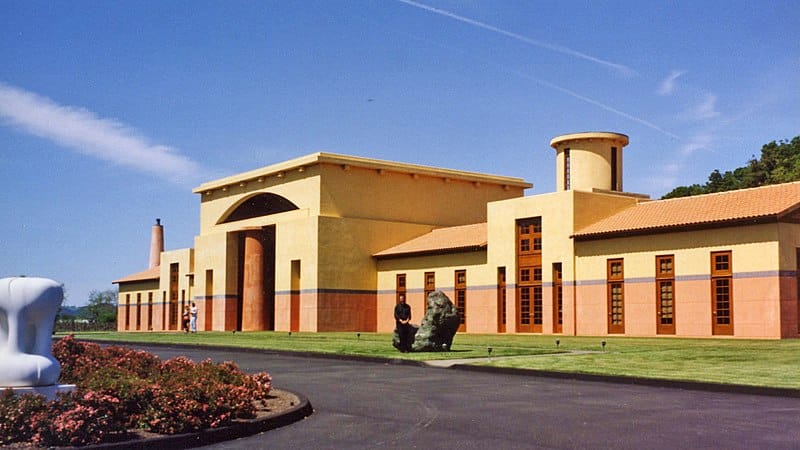
Post-modernism, 1975-1990
Postmodern architecture reimagines past styles using bold colors and creatively distorts traditional building elements like windows and columns.
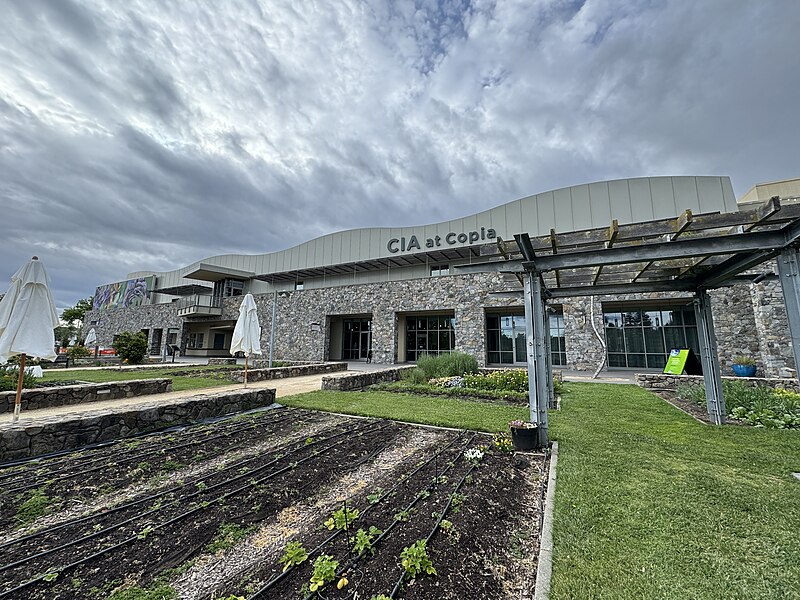
Contemporary, 1990-Today
Contemporary architecture refers to buildings of the 21st century and styles that are not yet defined, including new design technology and materials.
Where to Next? Click one of the links below to navigate to a new page.

